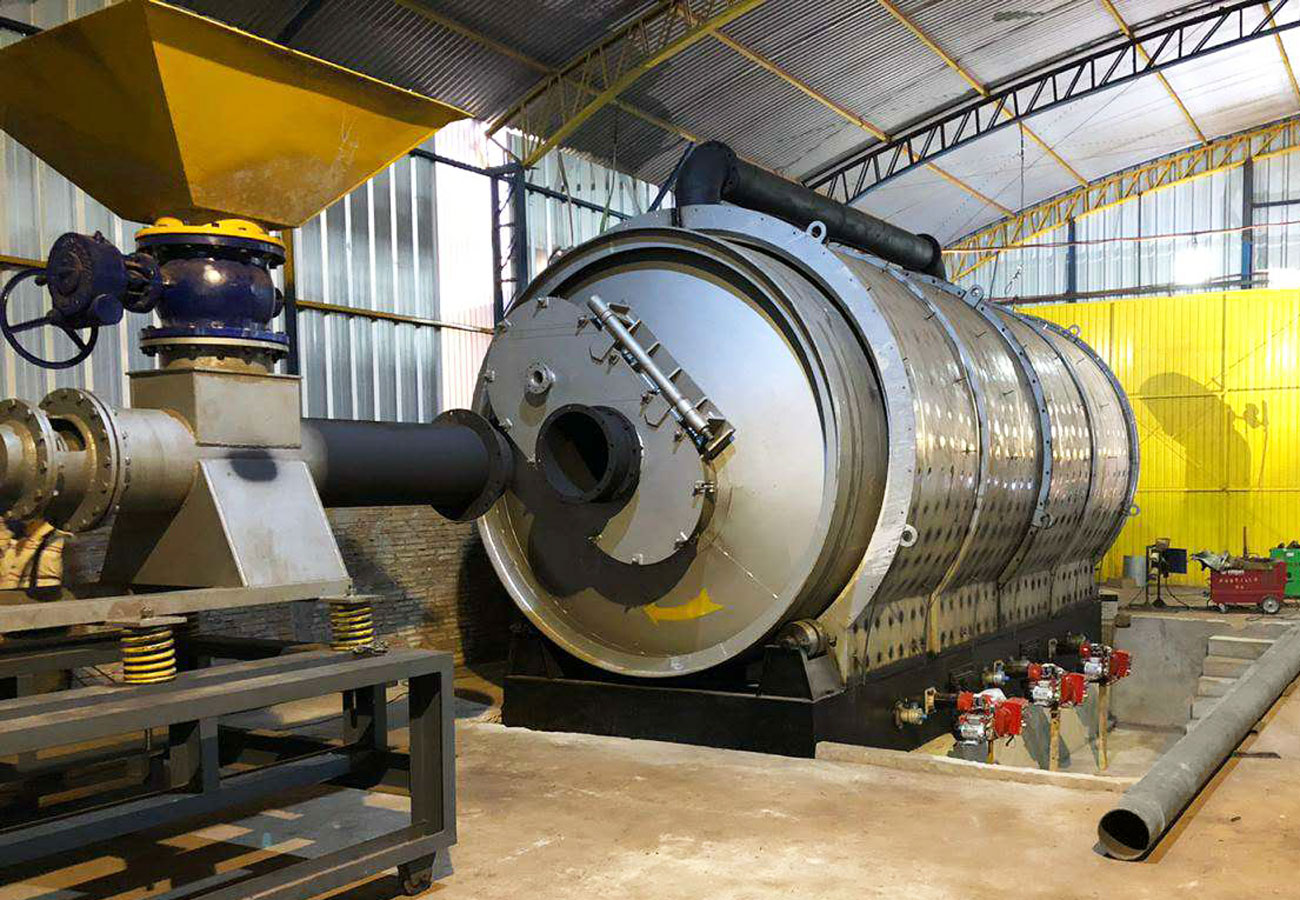The global momentum toward sustainable waste management has placed the plastic pyrolysis machine at the forefront of profitable environmental investments. Converting waste plastics into usable fuels offers a dual benefit: revenue generation and environmental remediation. Understanding the return on investment (ROI) and payback period for a plastic to oil plant project is crucial for capital allocation and financial planning.
Capital Expenditure and Setup Costs
The initial capital investment in pyrolysis equipment varies based on processing capacity, automation level, and emissions control systems. A standard plastic to fuel machine with a capacity of 10–15 tons/day typically requires a capital outlay ranging from $300,000 to $800,000. This includes the cost of the reactor, feeder, condensation systems, oil tanks, and emission treatment units. Larger, continuous systems integrated with pre-treatment units and power generation modules command higher setup costs but offer improved throughput and energy efficiency.
Site development, installation, civil works, and operator training add to the upfront cost but are essential for project readiness. In regions with favorable industrial zoning and established infrastructure, these ancillary expenses may be significantly lower.

Operating Costs and Revenue Streams
Operational expenses encompass raw material sourcing, labor, fuel or electricity consumption, maintenance, and environmental compliance. Feedstock costs—depending on the local availability of waste plastics—are often minimal or even negative in cases where municipalities pay tipping fees to divert landfill-bound waste.
The primary revenue stream stems from the sale of pyrolysis oil, a marketable end product processed by the plastic to oil plant. Depending on oil quality and regional fuel prices, the market value ranges from $400 to $600 per ton. Additional byproducts include carbon black, combustible gas (which can be reused internally), and residual char.
On average, a mid-sized plastic pyrolysis machine operating 25 days a month can yield 7–10 tons of oil per day, generating monthly gross revenues between $70,000 and $150,000. Carbon black sales and energy savings from self-generated fuel further boost financial performance.

ROI and Payback Period
Return on investment is influenced by machine utilization rate, local energy policies, feedstock stability, and oil price volatility. Under optimal operating conditions, the average ROI for a plastic to fuel machine project ranges between 30% and 50% annually.
The payback period for a fully operational plastic to oil plant is typically between 12 and 24 months. Factors that shorten the payback timeline include government subsidies, tax incentives, or the integration of waste collection and pre-treatment processes, which reduce operating expenditures.
Risk Management and Long-Term Value
Financial performance is susceptible to fluctuations in feedstock supply and oil market dynamics. Securing long-term contracts for plastic waste collection and establishing offtake agreements for pyrolysis oil can stabilize returns. Additionally, some investors leverage carbon credit programs to monetize environmental impact, providing an auxiliary revenue stream.
Conclusion
Investing in a plastic to oil plant project offers both strong economic returns and environmental dividends. With a properly sized plastic pyrolysis machine and a well-structured operational model, investors can achieve attractive ROI and recoup their capital within two years. As demand for sustainable waste-to-energy solutions intensifies, the plastic to fuel machine stands out as a resilient asset in the green technology portfolio.
